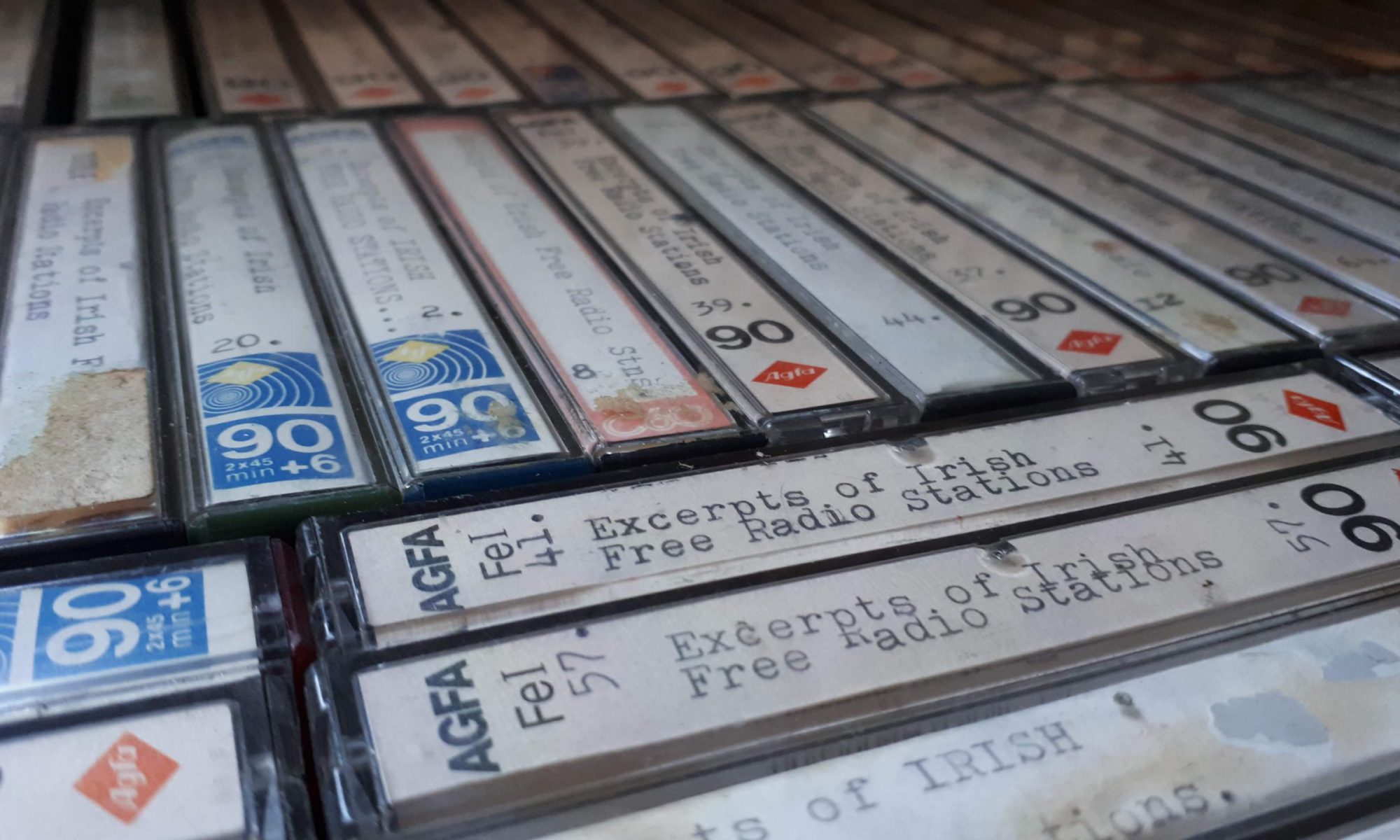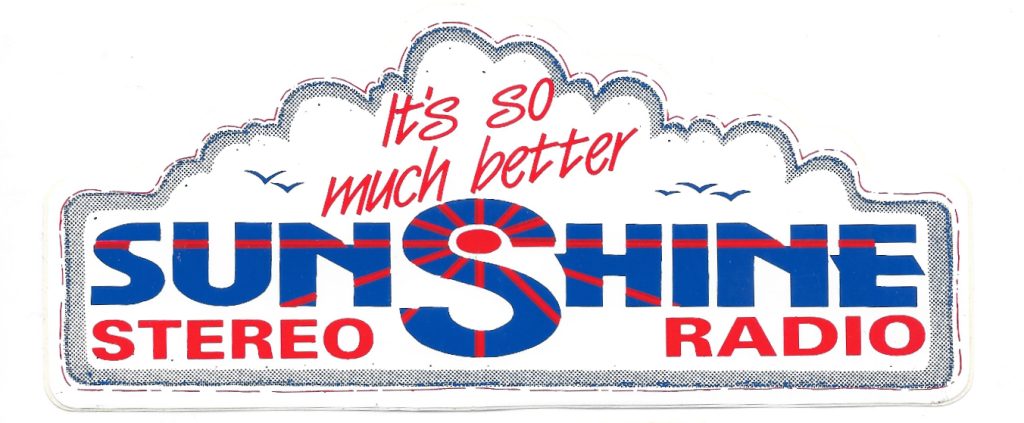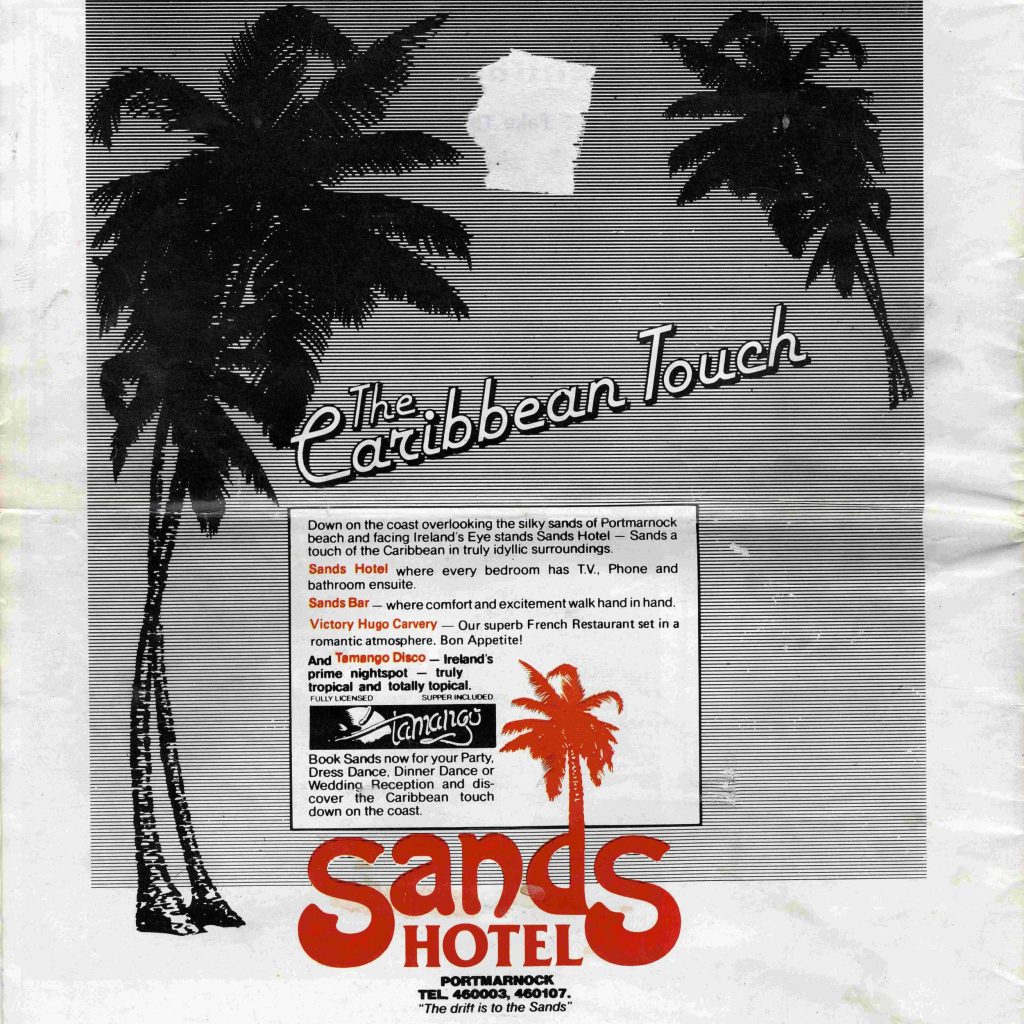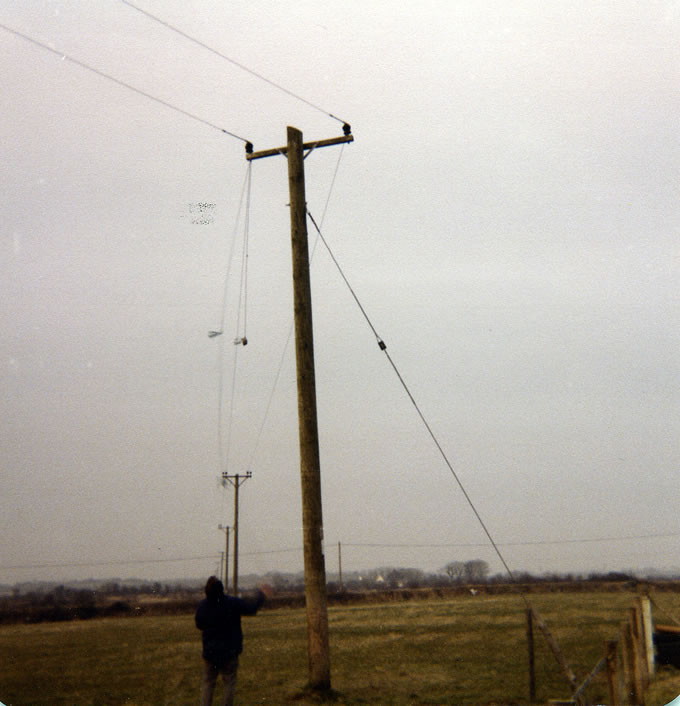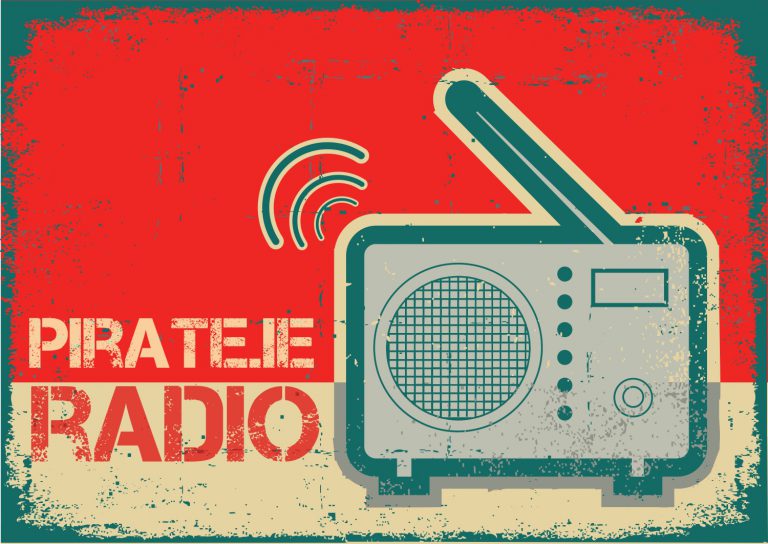Podcast: Play in new window | Download
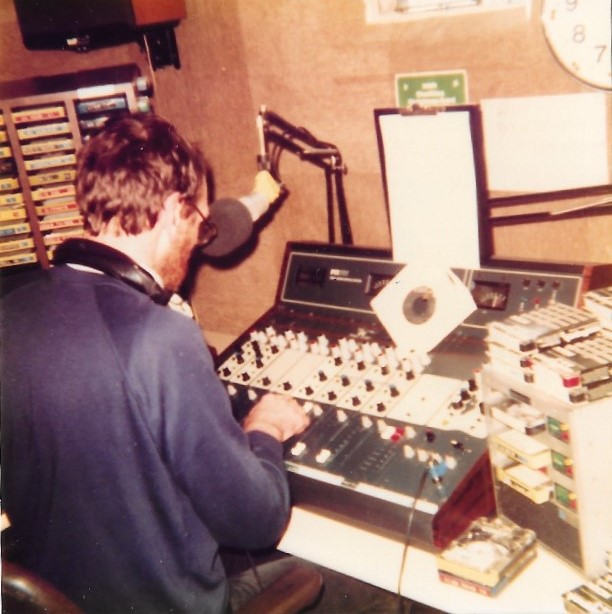
KISS FM was one of the many offshoots of the renowned Dublin station Radio Nova. It was set up by Chris Cary in September 1982, offering specialist programmes for the Dublin audience and absorbing some of the advertising from Nova, such was the success of the main station. However, a jamming campaign by RTÉ and tensions between Cary and the National Union of Journalists put the entire Nova operation at risk and KISS FM closed down on 15th January 1984.
This recording is of veteran radio presenter John Clarke over the Christmas holidays in 1983, towards the end of KISS FM’s run. The musical style is relaxed and there are relatively few advertisments for the time of year, perhaps reflecting the wider problems affecting Nova. News headlines are read by Ken Hammond, who would go on to become an RTÉ journalist. The tape was made from 102.75 FM between 1634-1708 on Tuesday 27th December 1983 and is from the Anoraks Ireland Collection.
